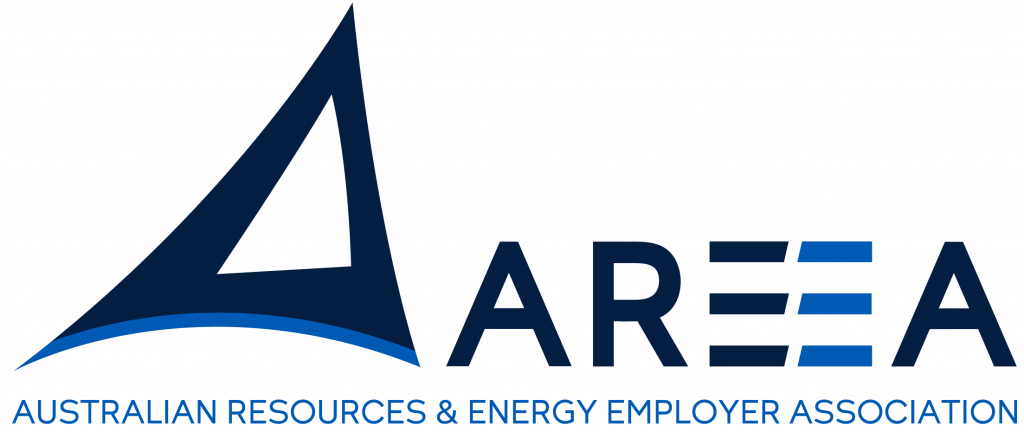Australia’s resource and energy exports are estimated at a record $310 billion in 2020–21, with almost half of those earnings coming from iron ore alone, according to the June Resource and Energy Quarterly released by the Department of Industry, Science, Energy and Resources.
In 2021–22, a further significant rise in exports to $334 billion is forecast, before moderating world economic growth and falling prices reduce exports to just below $304 billion in 2022–23.
The report highlights the rollout of COVID-19 vaccines in the major nations/regions is now steadily allowing a rebound in the services side of the world economy, where many sectors (such as land and air-based tourism and hospitality) were more heavily impacted than goods markets.
Minister for Resources, Water and Northern Australia Keith Pitt said the incredible results underline the importance of Australia’s resources sector to the national economy and international markets throughout the COVID-19 downturn.
“Australia’s energy and resources sector has remained safe and reliable suppliers to domestic and global markets throughout the pandemic, helping to underpin economic growth and overcome the challenging trade conditions of the past year,” he said.
“The outlook for Australia’s energy and resource commodity exports continues to improve.
“The sector is poised to take advantage of the global post-COVID recovery and capture opportunities from strong demand and higher prices across a range commodities.
“Our iron ore producers are benefitting from current high prices and decades of investment and innovation, while coal exporters have pivoted to new markets to regain much of the losses from COVID downturn and China’s informal import restrictions.”
Since March, iron ore prices have broken the US$200 a tonne mark. The outlook is for exports to grow from 871 million tonnes in 2020-21 to 954 million tonnes by 2022-23.
Iron ore export values are estimated to have risen from $103 billion in 2019-20 to $149 billion in 2020-21, with easing prices in late 2021 expected to push earnings down to $113 billion by 2022-23.
Export values for metallurgical coal, used for steel making, are forecast to reverse most of their recent decline, rebounding from $22 billion in 2020–21 to almost $32 billion by 2022–23, in line with improving global industrial production and economic activity.
Thermal coal exports fell from 213 million tonnes in 2019-20 to a forecast 194 million tonnes in 2020–21, but are expected to recover to 212 million tonnes by 2022–23, as economies around the Asian region return to normal conditions. Export values are forecast to be $17 billion in 2021-22, down from $20 billion in 2019-20.
Australian LNG export volumes are forecast to increase by 5.3 per cent to 83 million tonnes in 2021–22. LNG exports earnings are forecast to increase from an estimated $33 billion in 2020–21 to $49 billion in 2021–22.
Gold export earnings are forecast at $29 billion in 2021–22, before a decline to $28 billion in 2022–23, as gold prices ease back.
Copper prices hit a record high in May, but the price is expected to moderate over the outlook period. Australian copper export earnings are forecast to reach $13 billion in 2021–22, up from $10 billion in 2019–20.
Australian nickel exports are forecast to rise from an estimated 197,000 tonnes in 2020–21 to around 251,000 tonnes in 2022–23. Export earnings, supported by higher world prices, are forecast to rise to $4.6 billion in 2022–23, up from $3.8 billion in 2019–20.
The latest Resources and Energy Quarterly is available on the Department of Industry, Science, Energy and Resources website.
New critical minerals portal shows Australia ready for investment
Australia’s position as a global critical mineral supplier will be further enhanced through a new dataset developed in partnership with the United States and Canada.
The Critical Minerals Mapping Initiative online portal, released today, contains the world’s largest dataset of critical minerals in and around ore deposits – more than 7000 mineral samples from over 60 countries.
It shows the occurrence of critical minerals such as cobalt, lithium and rare Earth elements predominantly across Australia, the United States and Canada, and can help identify new critical mineral provinces.
The portal is a major deliverable of the Critical Minerals Mapping Initiative, a collaboration between Geoscience Australia, the Geological Survey of Canada and the United States Geological Survey and will help secure Australia’s future as a global supplier of critical minerals and contribute to the resource security of two of our most important international partners.”
The portal supports the work of the Critical Minerals Facilitation Office, which is implementing the Australian Government’s Critical Minerals Strategy. The strategy aims to position Australia as a world leader in the exploration, extraction, production and processing of critical minerals.
The portal can be used by governments to identify options to diversify their sources of critical minerals, and by industry to inform and target their exploration strategies.
The Critical Minerals Mapping Initiative online portal is available at: https://portal.ga.gov.au/persona/cmmi



